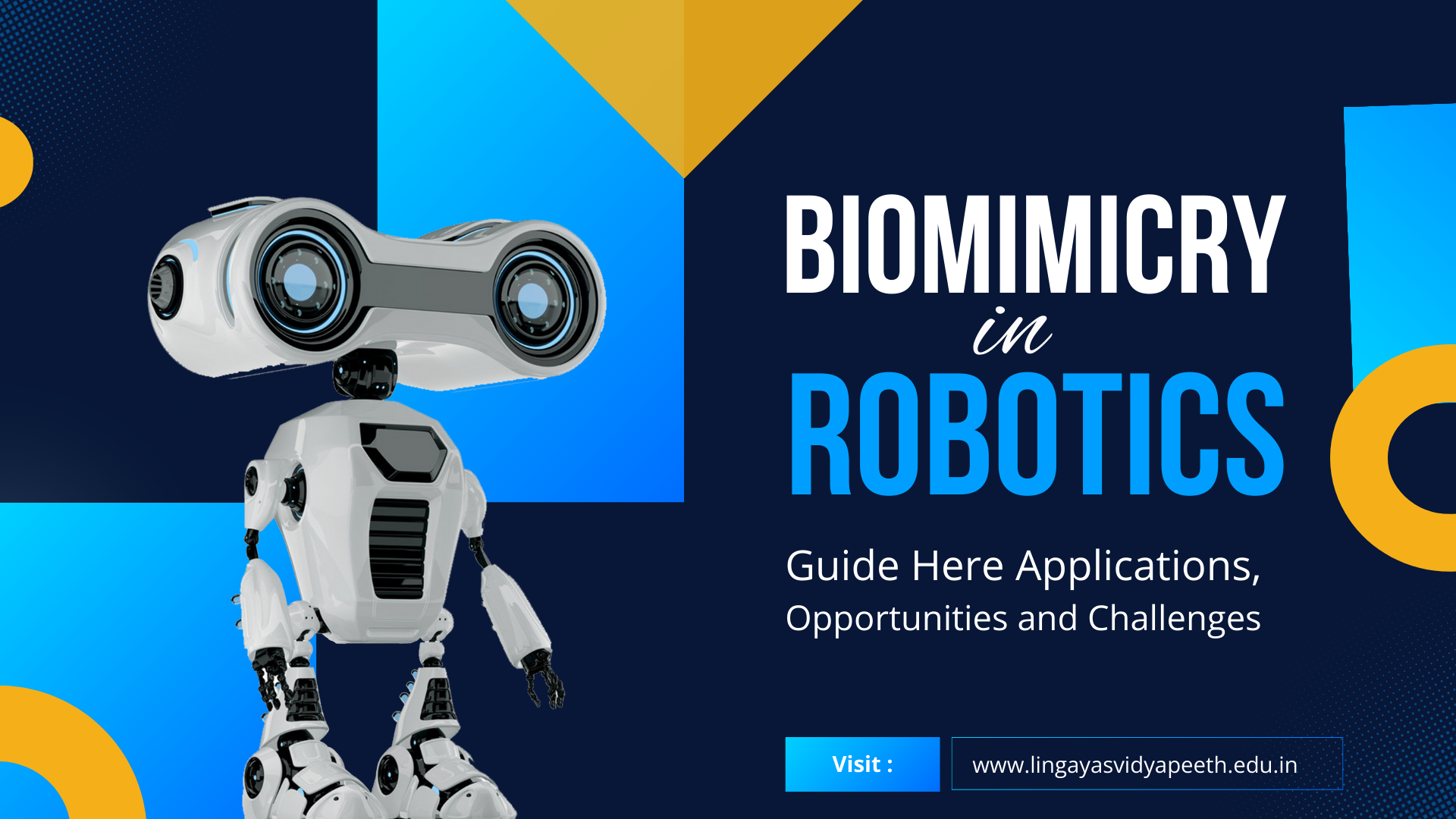
Home » Biomimicry Changes the Future of Robotics – Guide Here!

In the quest for innovation, humanity has often turned to nature for inspiration. From the wings of birds to the movements of insects, the natural world is a treasure trove of design solutions waiting to be unlocked. In the field of robotics, this approach has led to the emergence of biomimicry -the imitation of biological systems and processes to solve engineering problems. As we delve into the realm of biomimicry in robotics, we uncover a landscape rich with applications, opportunities, and challenges that shape the future of technology.
The applications of biomimicry in robotics span a multitude of industries, each benefiting from nature-inspired innovations:
How Robotics Will Revolutionize in the Industry Dynamic?
Biomimicry in robotics presents numerous opportunities for advancement and innovation:
However, the journey towards fully realizing the potential of biomimicry in robotics is not without its challenges:
To overcome these challenges and fully harness the potential of biomimicry in robotics, several strategies can be employed:
Conclusion:
As we stand on the cusp of a new era in robotics, biomimicry offers a glimpse into the boundless possibilities that await us. By drawing inspiration from the natural world, we can create robots that not only enhance our lives but also harmonize with the environment and society. As we continue to explore the applications, opportunities, and challenges of biomimicry in robotics, let us remember that nature is our greatest teacher and that the possibilities for innovation are as endless as the wonders of the natural world.
Want to turn ideas into reality and study mechanical engineering at a top university? Lingaya’s Vidyapeeth’s is best B.Tech Mechanical Engineering College in Faridabad for Robotics and Machine learning specialization; provides the skills and hands-on experience you crave. Learn from renowned faculty using cutting-edge facilities. Join a vibrant student community and graduate career-ready with a degree valued by industry leaders. Forge your future at Lingaya’s Vidyapeeth and apply now!
From
Mr. R K Deb
Assistant Professor
Department of Mechanical Engineering
Lingaya’s Vidyapeeth
Best Engineering Colleges in Faridabad
RECENT POSTS
CATEGORIES
TAGS
Agriculture Agriculture future AI Architecture artificial intelligence Bachelor of Commerce BA English BA Psychology BTech AIML BTech CSE BTech cybersecurity BTech Engineering Business management career Career-Specific Education career guide career option career scope Civil engineering commerce and management Computer Science Computer science engineering Data science degree education Engineering Engineering students English Literature english program Fashion Design Fashion design course Higher Education Journalism journalism and mass communication law Law career Machine Learning mathematics MBA MBA specialization Mechanical Engineering Pharmacy Psychology Research and Development students
University Address: Nachauli, Jasana Road, Faridabad, Haryana
For Admissions :
Toll Free: 1800-120-4613
Mobile : 8447744303 | 8447744304 | 8447744306 | 8447744309
8700003974 | 8700003411 | 8700003749
Address: C-72, Second Floor, Shivalik, Near Malviya Nagar,
Above HDFC Bank, New Delhi 110017
Landline No. - 011-46570515 / 45138169 / 41755703
Mobile No. - +91-7303152412 / +91-7303152420 / +91-9311321952
Jagmani Kutir, Ground Floor, Road No-1, Rajeev Nagar,
Near Darbar Marriage Hall, Patna-800024, Bihar
Contact No: 9818352069/ 8130120095
Mail: kanhaiya@lingayasvidyapeeth.edu.in
Copyrights © 1998 - 2025 Lingaya's Vidyapeeth (Deemed To Be University). All rights reserved.
It is important to note that the following email IDs and domains are fraudulent and do not belong to our university.
LV only conducts physical/online verification of any document related to examination on the following email id: